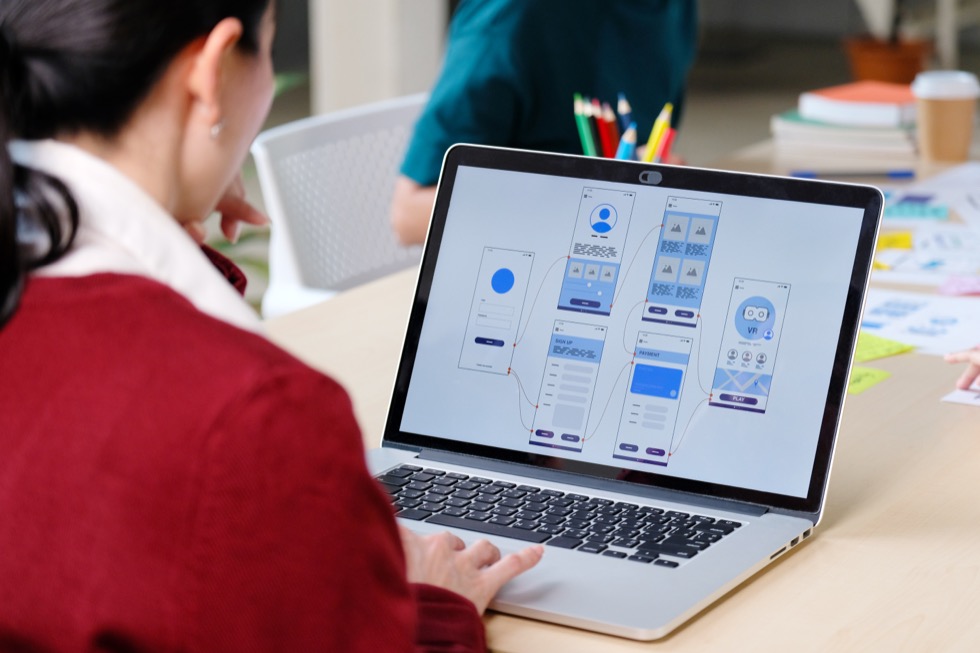Agile has become the dominant software development process because it improves team collaboration, flexibility, and speed to deployment. Along the way, however, the Agile UX framework became increasingly more focused on process and less on getting the product into the customer’s hands as effectively and efficiently as possible.
Enter Lean UX.
This guide describes the benefits of Lean UX, its core principles and processes, and how it differs from Agile UX.
Key Takeaways
- What is Lean UX?
- Learn the core principles and processes of Lean UX
- How does Lean UX differ from Agile UX?
- Discover the benefits of Lean UX for your team
What is Lean UX?
Lean UX is a process that allows design teams to gather user feedback early and iterate design and code development at speed. Speed means not only deploying quickly but deploying quality applications with minimized waste and maximum collaborative problem-solving.
Lean UX is a design process that focuses on creating an MVP (minimally viable product) quickly to get an early market response. This ensures marketability before organizations invest additional time and resources into the product. Lean UX ensures that stakeholders and customers are happy with the product before going full steam ahead on coding, testing, and deployment.
Lean UX Core Principles & Processes
Lean UX includes five core principles for design and development teams to utilize.
The core principles of Lean UX include:
- Act as one team
- Solve the problem
- Collaborate on all things
- Be flexible
- De-emphasize deliverables
The three fundamental phases of Lean UX design include:
- Think
- Includes team brainstorming of product assumptions, competitive analysis, stakeholder interviews, story or mood boards, wireframes, and understanding the value of the product and its impact on the business’s bottom line.
- Make
- This stage focuses on creating the MVP prototype using the input from story and/or mood boards, wireframes, and sketches. The MVP prototype is a quick way to identify issues early in a non-coded product that represents enough of the base product functionality to generate feedback for improvements.
- Check
- The check phase tests the design feasibility based on the outcomes of the previous two phases. A/B testing can be used to compare two prototype versions or usability testing can help flush out issues from the user testing phase.
How does Lean UX differ from Agile UX?
The difference between Lean UX and Agile UX is based on the timing of deliverables. Agile UX focuses on user testing or UX research done at the start of a project to determine the path of design and code development. By contrast, Lean UX focuses on delivering an MVP and then improving it using iterative development based on ongoing user feedback.
For gauging the effectiveness of a product, Agile UX and Lean UX both rely on user testing. Lean UX is less meticulous about testing, whereas Agile UX can spend months analyzing and incorporating user feedback. Lean UX design uses raw user data, upfront user testing, and team input to create a fully functional MVP that evolves in response to users’ needs.
Lean UX focuses on creating products users want, need, and use right away. With Lean UX, teams can release usable, quality applications rapidly with the understanding that fine-tuning will occur over time within iterative sprints or development cycles. Best of all, Lean UX improves applications in response to customer feedback, so the product always meets the needs of customers.

